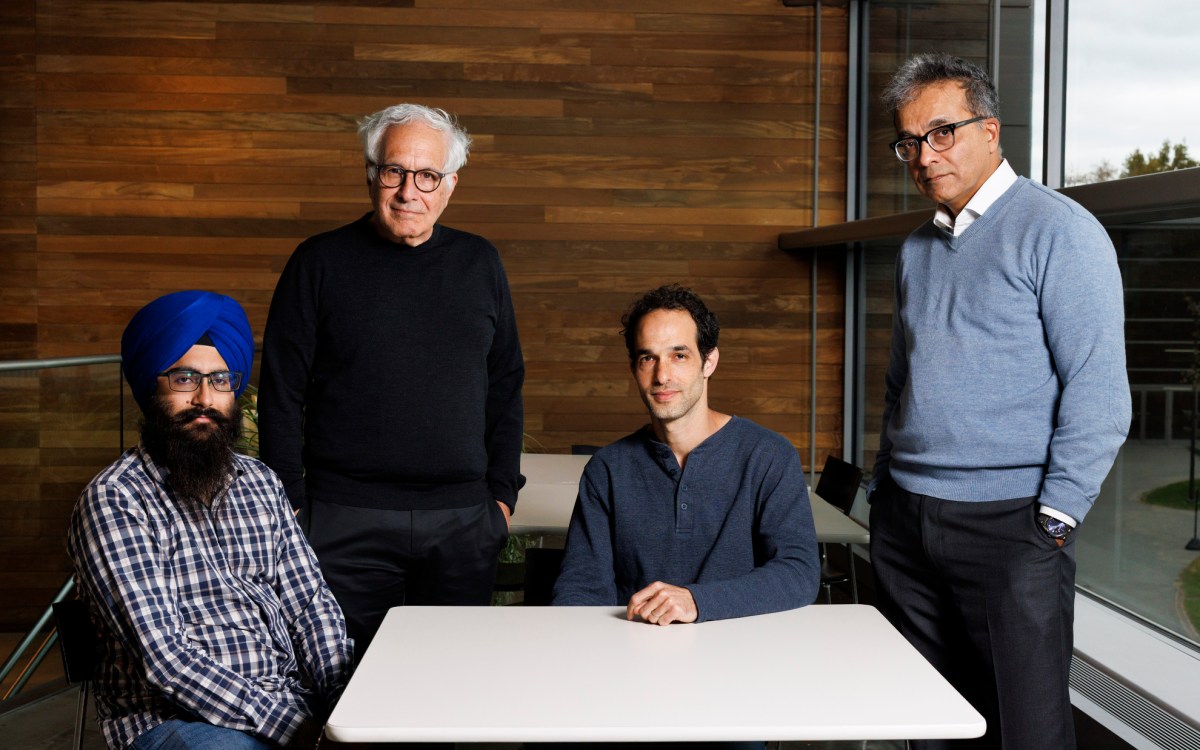In simulation, bioterrorist warning system passes test
Could also detect outbreaks of natural diseases
Working within a bioterrorism scenario, an early warning system to detect attacks fulfilled its mission. Those who conducted the test say that, had it been real, millions of lives would have been saved. “We estimate that smallpox cases could have been reduced by as much as six or seven orders of magnitude, from 10 million without the early warning system to 10 cases with it in place,” says Kenneth Mandl, director of emergency medicine at Children’s Hospital in Boston. Mandl also believes that the new system could decrease the toll from a large-scale anthrax attack or a lethal outbreak of SARS (severe acute respiratory syndrome). “On the basis of simulations, it has been estimated that we could detect an anthrax attack two days earlier than now possible and decrease deaths sevenfold,” he says. In other words, instead of 70 deaths, there would only be 10.
The system now functions at Children’s Hospital and Beth Israel Deaconess Medical Center, both Harvard-affiliated institutions in Boston. Mandl, who is an assistant professor of pediatrics at Harvard Medical School, expects to tie it into a Massachusetts statewide surveillance network before the end of the year. It also might form part of a national warning system now in the planning stage by the federal Centers for Disease Control and Prevention. The Harvard program and any national plan that it might become part of also would have the power to detect epidemics of natural diseases, such as West Nile virus, food poisoning, asthma, SARS, and environmentally caused cancers. “To be consistently supported and maintained, the system must be useful in periods when bioattacks are not as large a threat as they are today,” Mandl notes.





